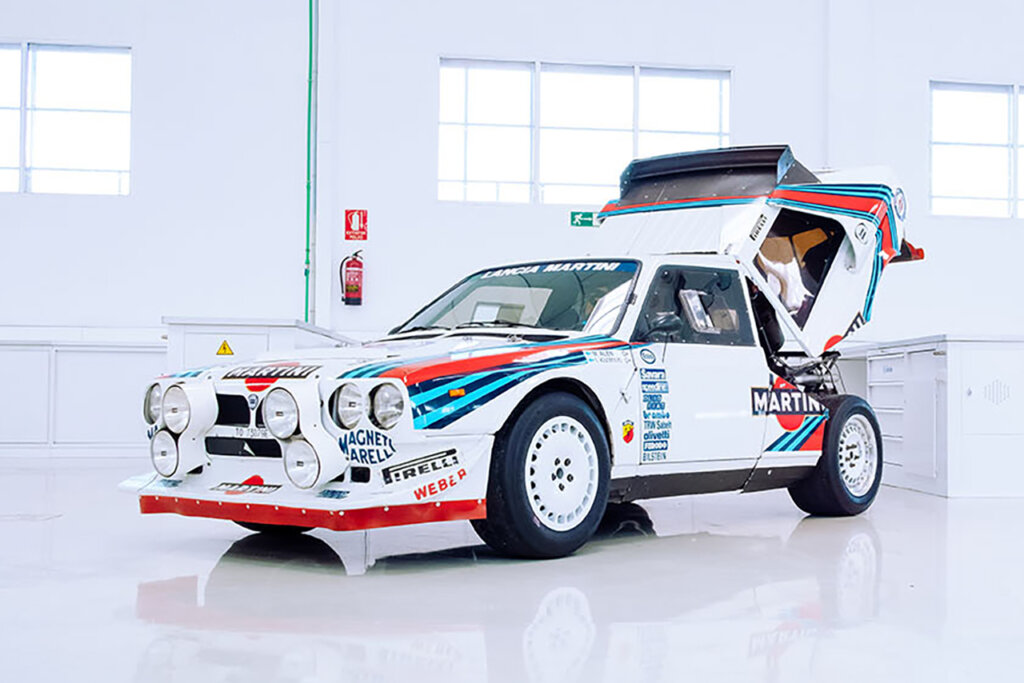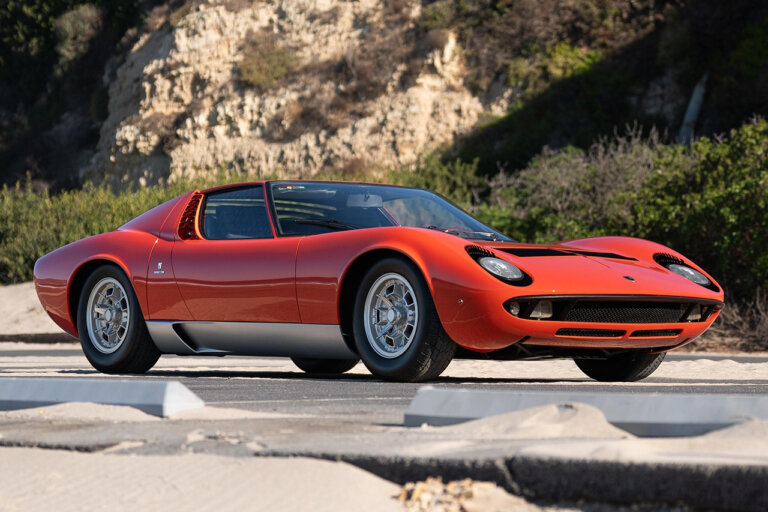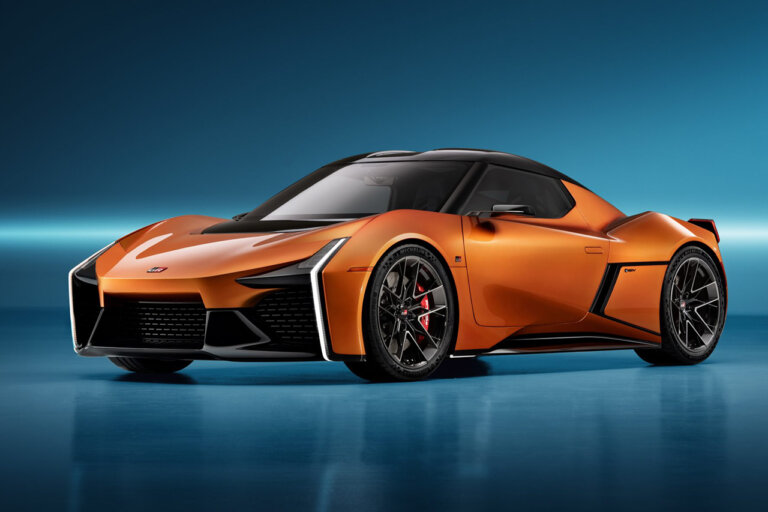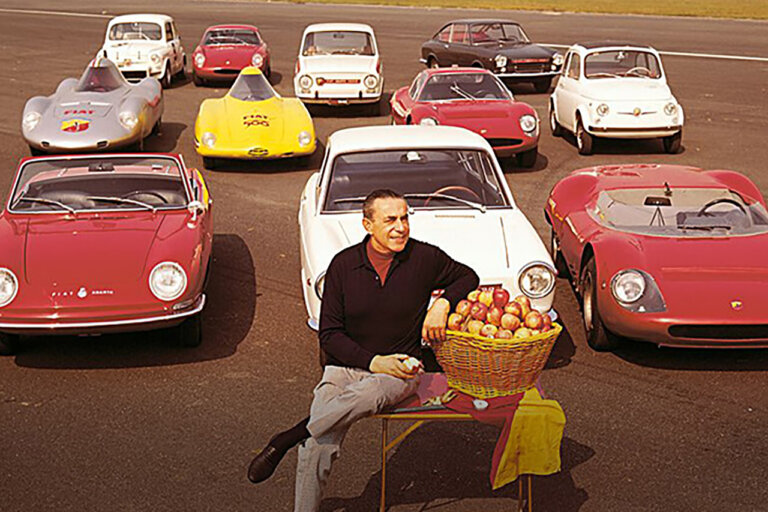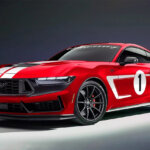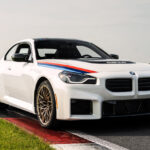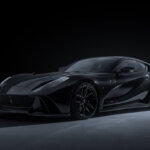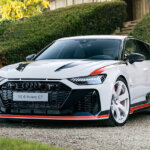Breaking Down Group-B Rally Cars
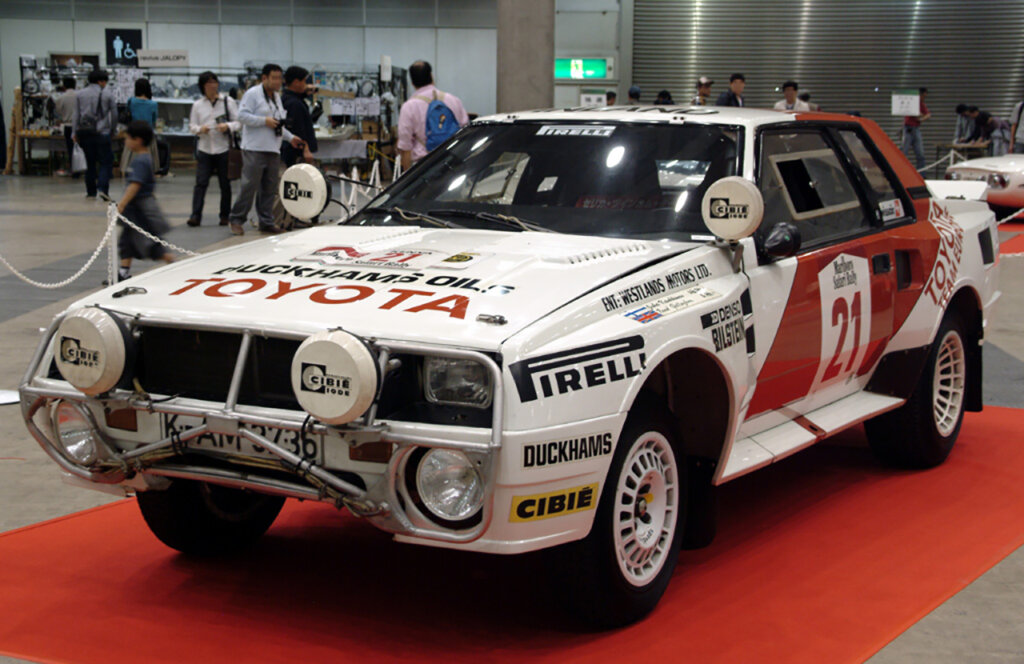
Source: Wiki Commons
#5 Toyota’s Celica Twin Turbo marked Japan’s ambitious entry into the high-stakes world of Group B rally racing. Powered by a turbocharged inline-four engine and equipped with advanced four-wheel-drive technology, this sleek contender challenged the dominance of European manufacturers on rally circuits worldwide. While its participation in Group B was cut short, the Celica Twin Turbo showcased Japan’s growing influence in motorsport and set the stage for future successes in rally racing as it won in the Safari Rally & Ivory Coast Rally earning the nickname “King of Africa”.
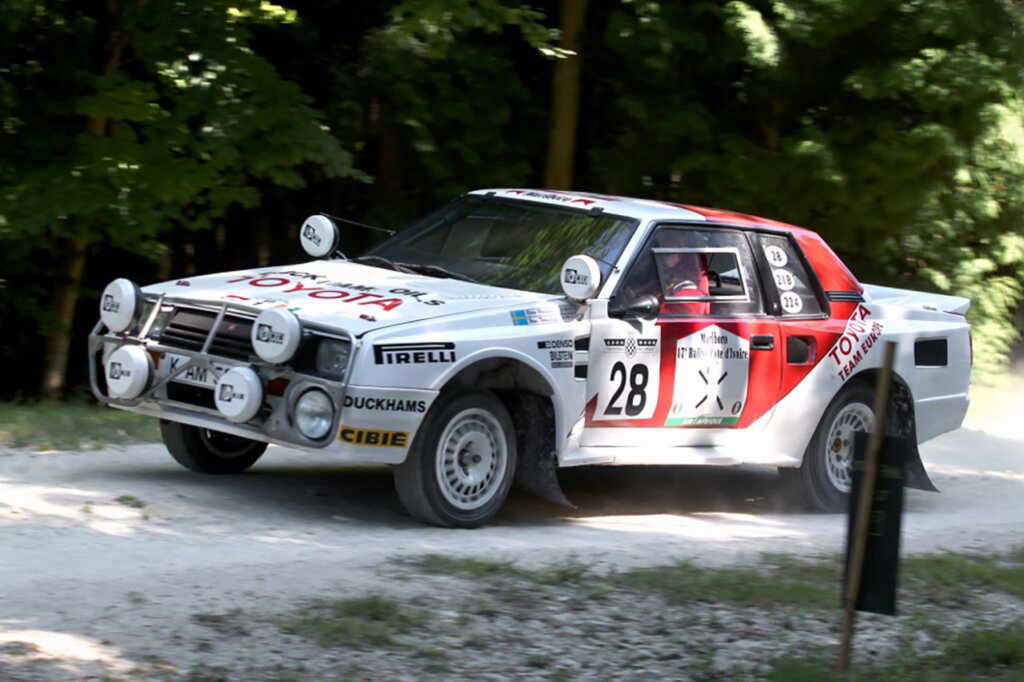
Source: Toyota UK

Source: Wiki Commons
#4 The Ford Escort RS200 A “British Contender” emerged as a symbol of British ingenuity and determination in the Group B arena. Equipped with a mid-engine design and a turbocharged inline-four, this lightweight marvel offered unparalleled agility and responsiveness on rally stages. Although Ford’s foray into Group B was brief, the Escort RS200 left an enduring legacy, showcasing the manufacturer’s commitment to pushing the boundaries of performance and innovation.
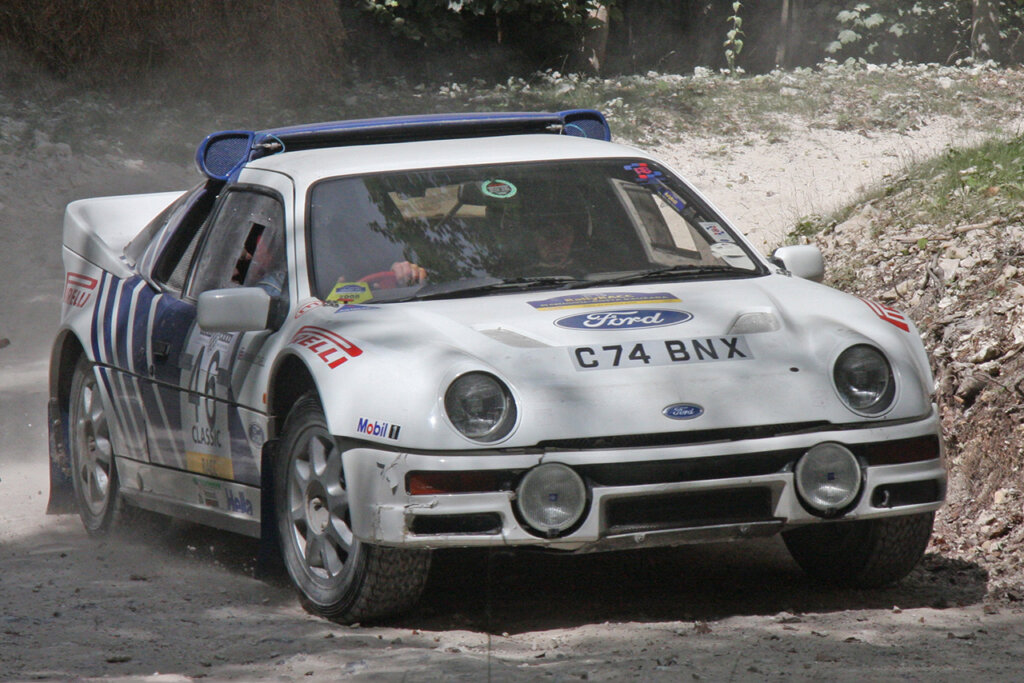
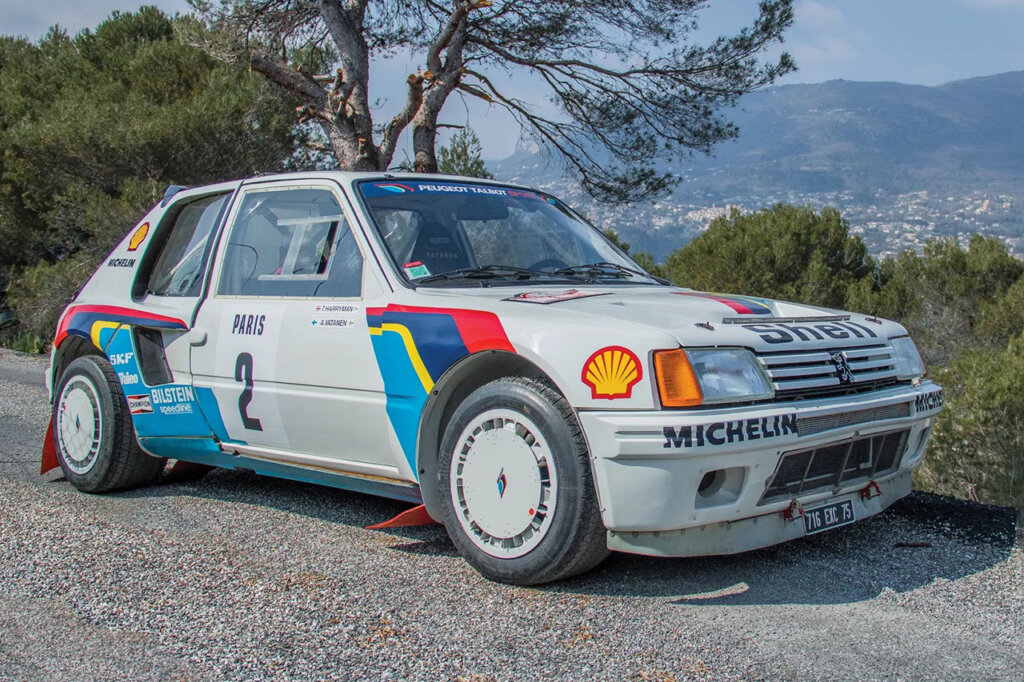
Source: Sotheby
#3 Peugeot‘s 205 T16 left an indelible mark on Group B history, showcasing the French manufacturer’s engineering prowess. Featuring a mid-engine layout and a turbocharged inline-four, this compact powerhouse dominated rally circuits with its blistering acceleration and nimble handling. Despite its short-lived tenure in Group B, the 205 T16’s success solidified Peugeot’s legacy as a force to be reckoned with in motorsport.
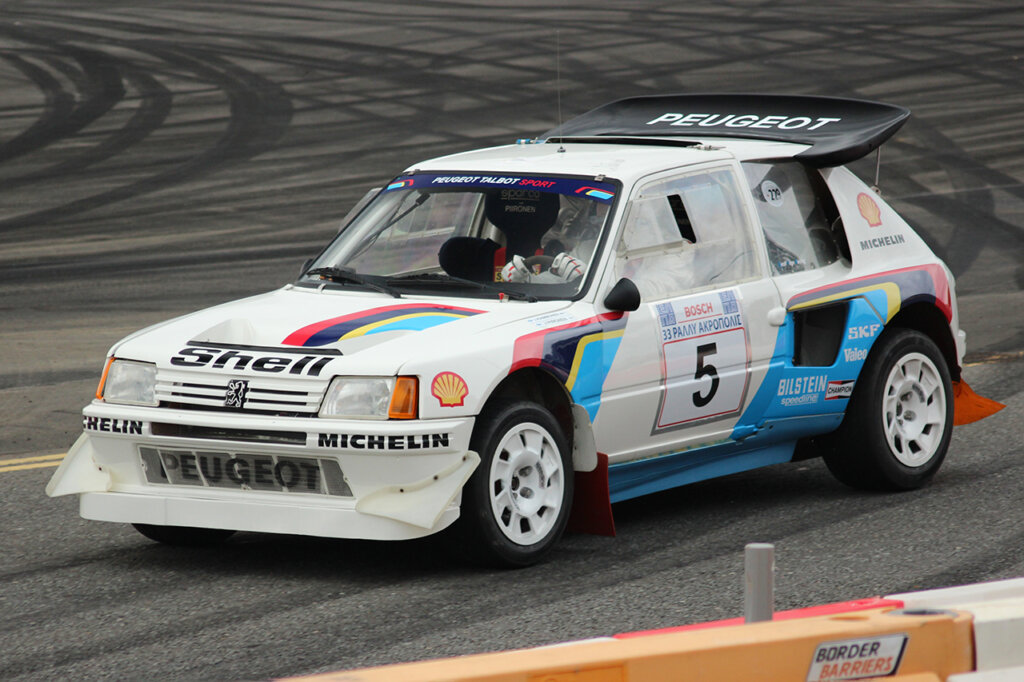
Source: Wiki Commons
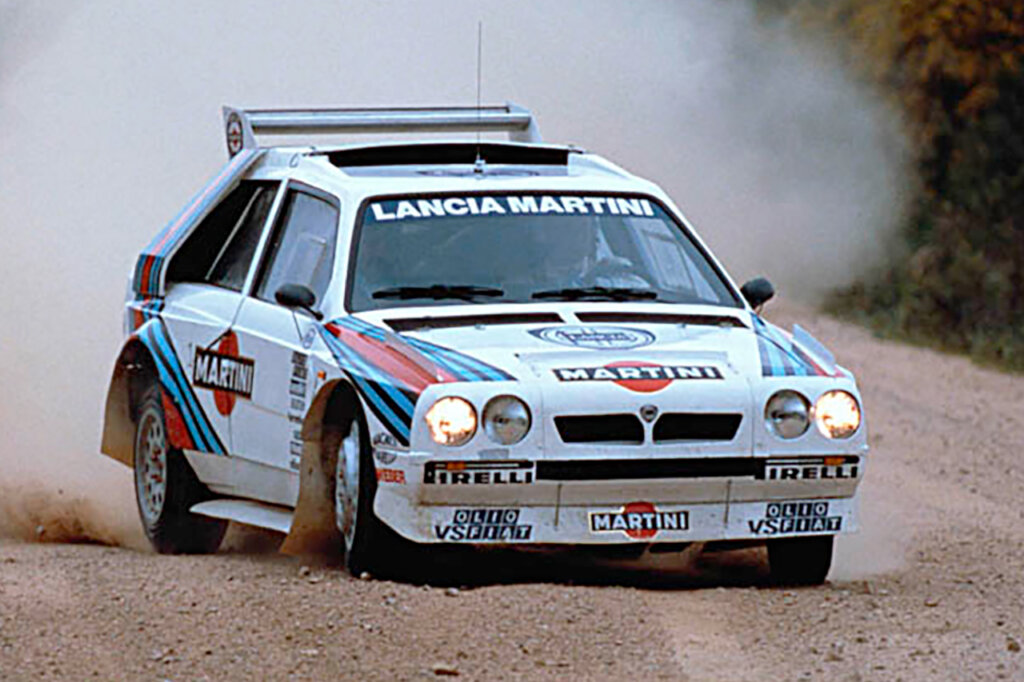
Source: Lancia
#2 Lancia’s Delta S4 epitomized the fusion of power and danger in Group B. Sporting a mid-engine layout and a supercharged and turbocharged powerplant, this Italian marvel unleashed over 500 horsepower on rally stages. However, its ferocious performance came with a price, as the Delta S4’s volatile combination of raw power and lightweight construction posed significant risks to drivers and spectators alike.
